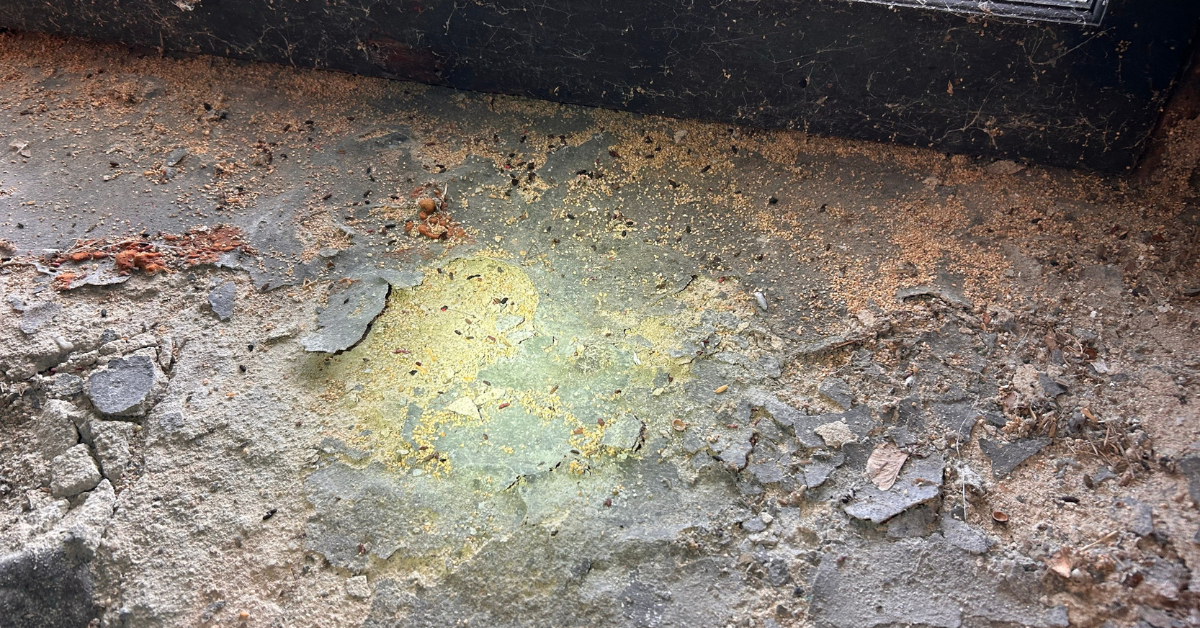Bed Bugs: What to Do When You Spot the First Signs
Nobody wants to hear the words “bed bugs” when talking about their own home—but the sooner you act, the better. Spotting the early signs can save you a major headache down the road. So if you’re waking up with strange bites or spotting weird marks on your mattress, here’s exactly what to do (and not do) next.
Quick Action Is Everything
Bed bugs are survivors and they multiply fast if the conditions are right. Access to a food source and a place to hide are all they need to thrive. The longer you wait to address the problem, the more time they have to spread.
First Signs of a Bed Bug Problem
If you're not sure what to look for, here’s a quick guide:
- Bed Bug Bites: Usually in clusters or rows, red and itchy. (They can often be confused with other bug bites or skin allergies, so research is key!)
- Black “sharpie” marks on your mattress: These are tiny droppings—gross, but a telltale sign.
- Blood stains: Dried spots from bites or crushed bugs.
- Live bugs or shed skins: Bed bugs go through several life stages, so while you might not see the bugs, you may see their exoskeletons.
- Eggs: Tiny and white, often hidden in seams and cracks.
- Hiding spots: Look closely in mattress seams, headboards, and tight crevices.
What to Do Before You Call a Pro
Bed bugs are a nuisance but it’s important not to panic if they’ve moved in with you. Stay calm and follow these steps to avoid making things worse:
Don’t Rearrange Furniture: Moving things around can spread the infestation. Keep the area as-is.
Avoid DIY Sprays and Treatments: Over-the-counter solutions unfortunately won’t cut it. Without understanding their biology, DIY attempts can waste time and money—and often push bugs deeper into hiding.
Minimize Movement: Don’t start sleeping on the couch or in a different bedroom. You might unknowingly bring them with you and spread the infestation.
Safely Collect Evidence: Capture a bug or shed skin in a sealed container. It helps confirm the infestation and rules out look-alikes (like bat bugs or allergic reactions).
Light Cleaning (Optional): You can vacuum and wash bedding—just make sure to dispose of the vacuum bag properly and dry all linens on high heat for at least an hour. This won’t solve the problem, but it can help contain it.
Bonus Tips: Keeping Bed Bugs Out
- Be cautious with secondhand furniture and linens. Launder anything you bring home.
- Travel smart: Store luggage in hotel bathrooms, not on beds or carpets. Check behind headboards and nightstands when you check-in.
- After having guests or traveling: Wash and dry bedding and clothes on high heat—just to be safe.
Why DIY Treatments Fail
Here’s the ugly truth: Bed bugs are tough. Without professional-grade tools, treatment knowledge, and an understanding of their behavior, it’s nearly impossible to eliminate them on your own.
At Thomas Pest Services, we don’t guess—we go in certain that treatment is needed and use a professional heat treatment. Our system raises the temperature in infested areas to over 130°F, targeting all stages of life: eggs, nymphs, and adults. We also use fans to make sure heat reaches every crack and crevice—something a space heater (or turning your thermostat up) just can’t do.
When to Call the Experts
The moment you spot even the slightest sign of bed bugs—whether it's a few mysterious bites, odd stains on your sheets, or the bugs themselves—don’t wait. Bed bugs won’t go away on their own, and time is not on your side.
At Thomas Pest Services, we’re ready to step in quickly. Our team will confirm the infestation and get you on the road to being bed bug-free with our powerful, same-day heat treatment.
Unlike conventional treatments that can take up to six weeks and rely on chemicals, our heat treatment is fast, safe, and effective. It reaches over 130°F, killing bed bugs at every life stage—all without exposing your home, your family, or your pets to any chemical products.
When you call us to set up an appointment, we’ll also provide you with a simple prep checklist so you know exactly what to expect and how to get ready, making the process smooth and stress-free.
Bottom line? Building a bed can be a DIY project, but getting rid of bed bugs isn’t. When it comes to protecting your home, it pays to act fast—and it pays to trust the pros.
If you think you’ve got a bed bug problem, call us today and get same-day service from the experts at Thomas Pest Services.


.png)
.png)
